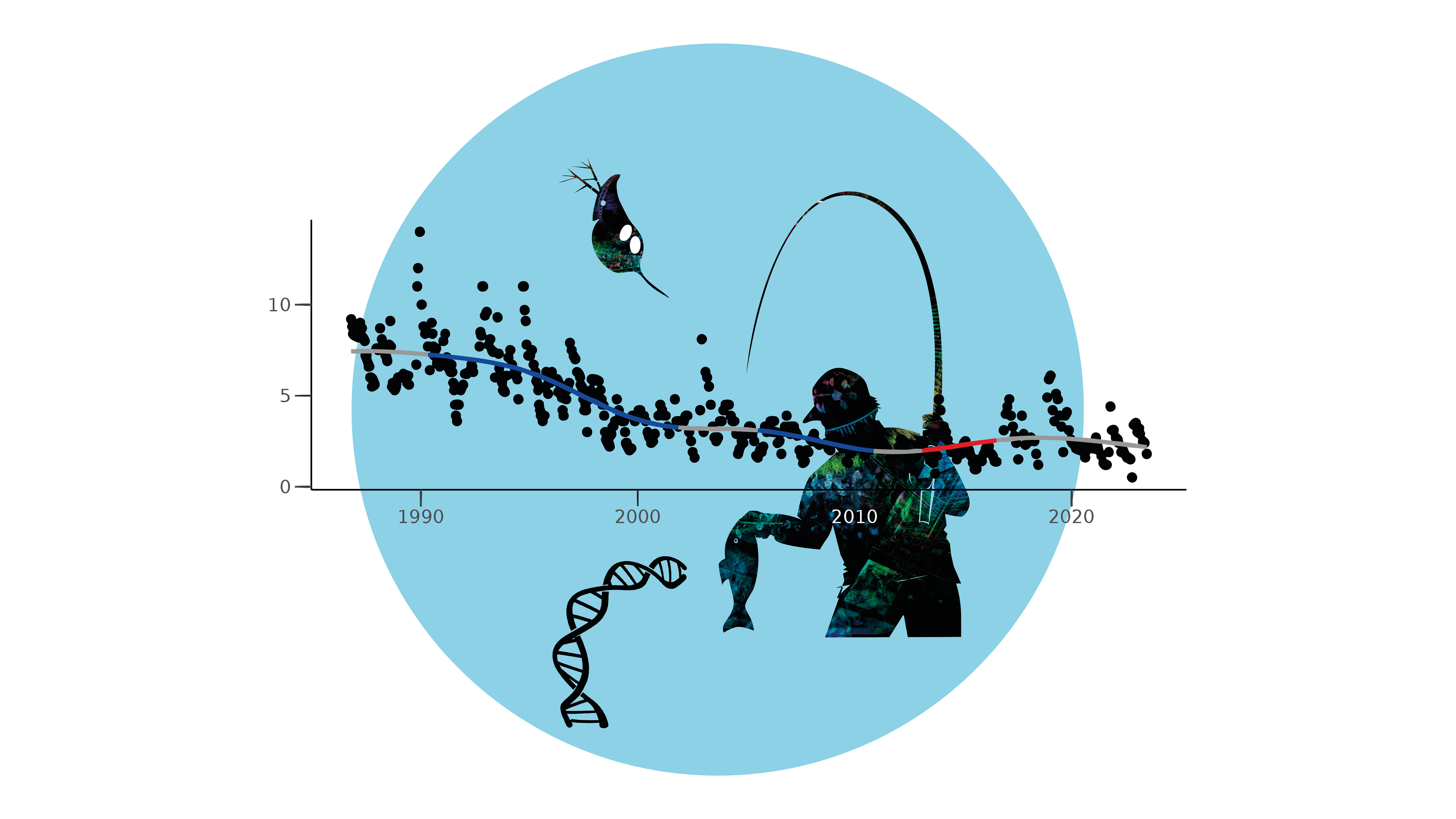
Overview of aquatic environmental assessment
We primarily work with environmental analysis related to Swedish lakes and watercourses. Here is an introduction to our work.

This is what we do with the samples
Overview of how we handle the samples and sampling that are a part of the environmental analysis.
Freshwater monitoring subprogrammes we are responsible for
-
River mouths
The results from the environmental monitoring within the River mouths Subprogramme aim to show the environmental status of the estuaries of Sweden’s largest watercourses. The data also serve as a basis for calculating the transport of substances from Sweden via rivers into the surrounding seas. -
Cyclically low-intensity monitored lakes
The results from the environmental monitoring within the subprogramme “Cyclically low-intensity monitored lakes” are intended to show the environmental status of all lakes in Sweden. They also serve as a basis for calculations on how acidification may impact the environment. -
Trend lakes
The results from the environmental monitoring within the Lake Trend Stations Subprogramme aim to show the environmental status of Sweden’s undisturbed lakes. The data also serve as a basis for assessing potential threats and for evaluating the effects of environmental measures. -
Trend watercourses
The results from the environmental monitoring within the Trend River Stations Subprogramme aim to show the environmental status of undisturbed watercourses. The data also serve as a basis for evaluating environmental measures and assessing potential threats.
Other environmental monitoring programs
-
Liming effect monitoring (KEU)
The environmental monitoring within the Lime Effect Monitoring (KEU) program aims to follow up on liming measures at regional and national level.
Freshwater monitoring data - Environmental data MVM
Search among quality-assured data from Swedish lakes and watercourses.